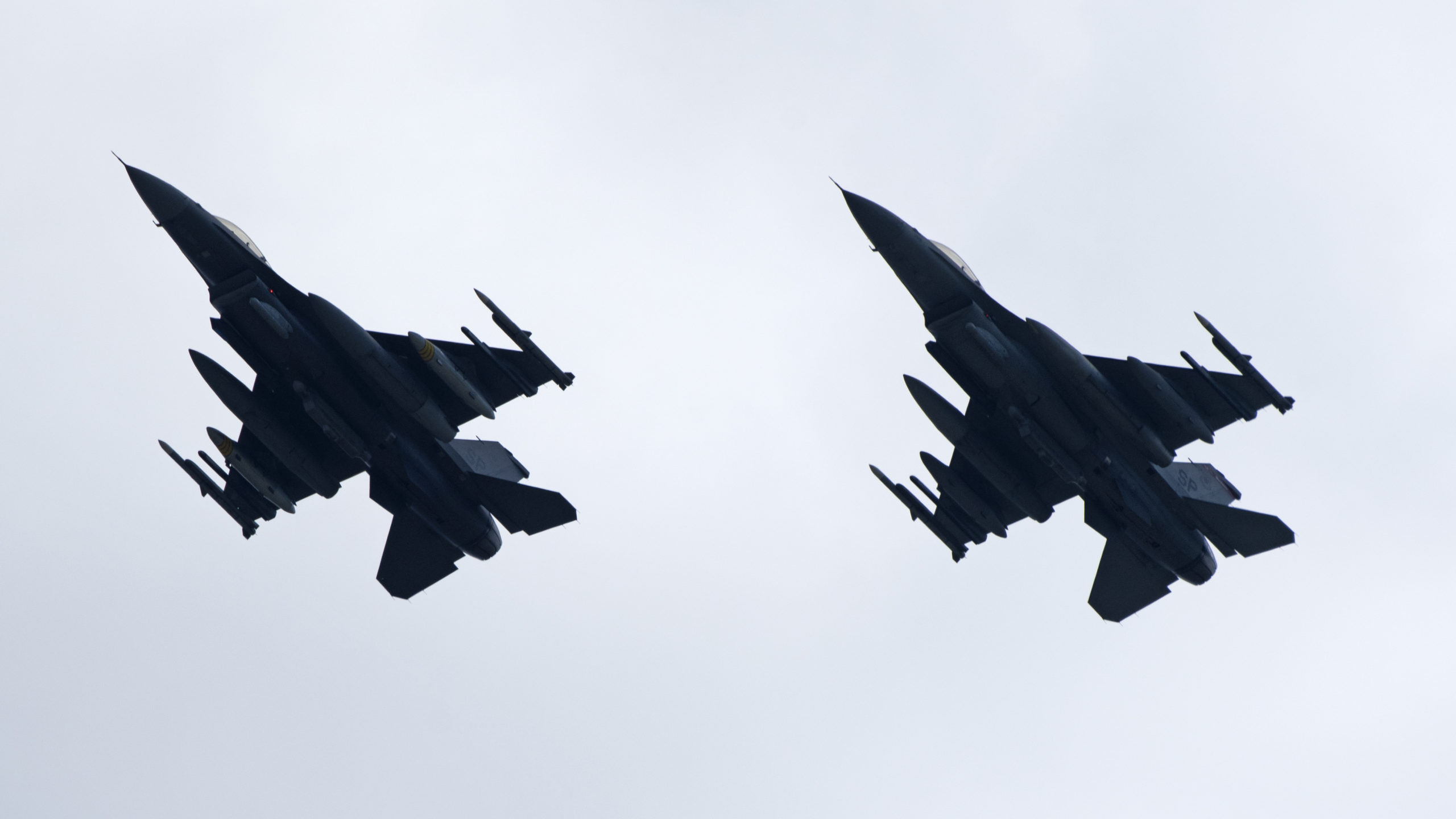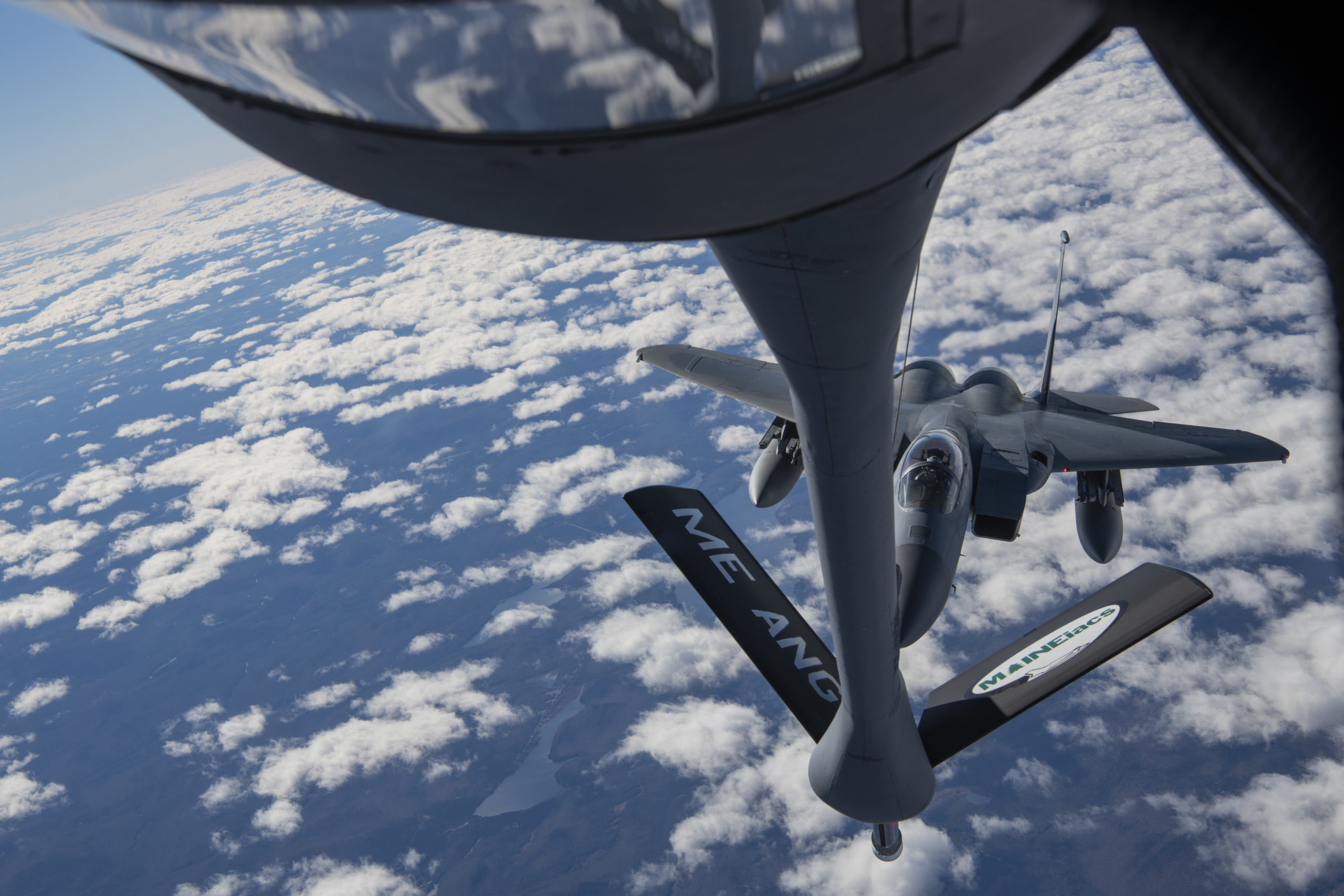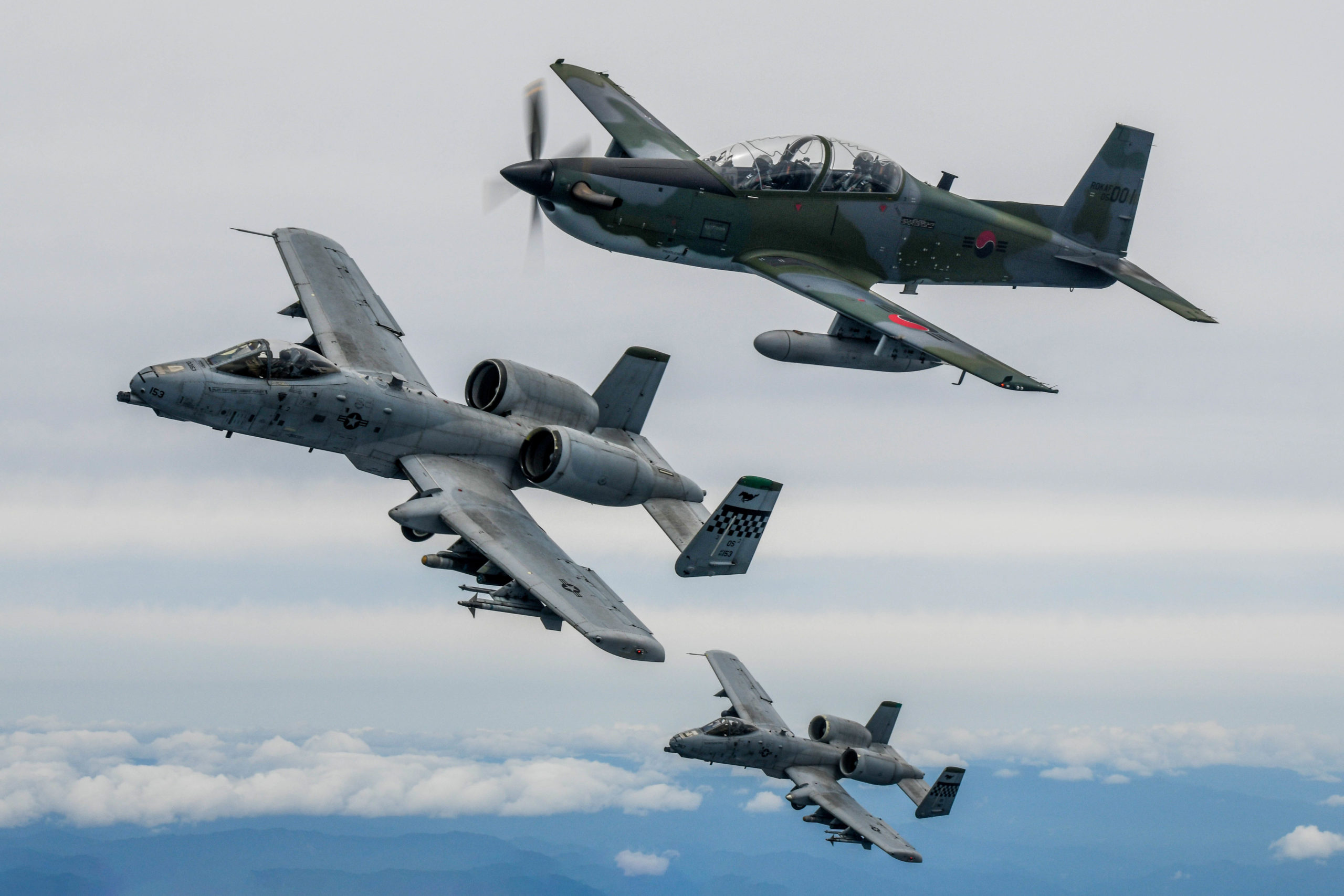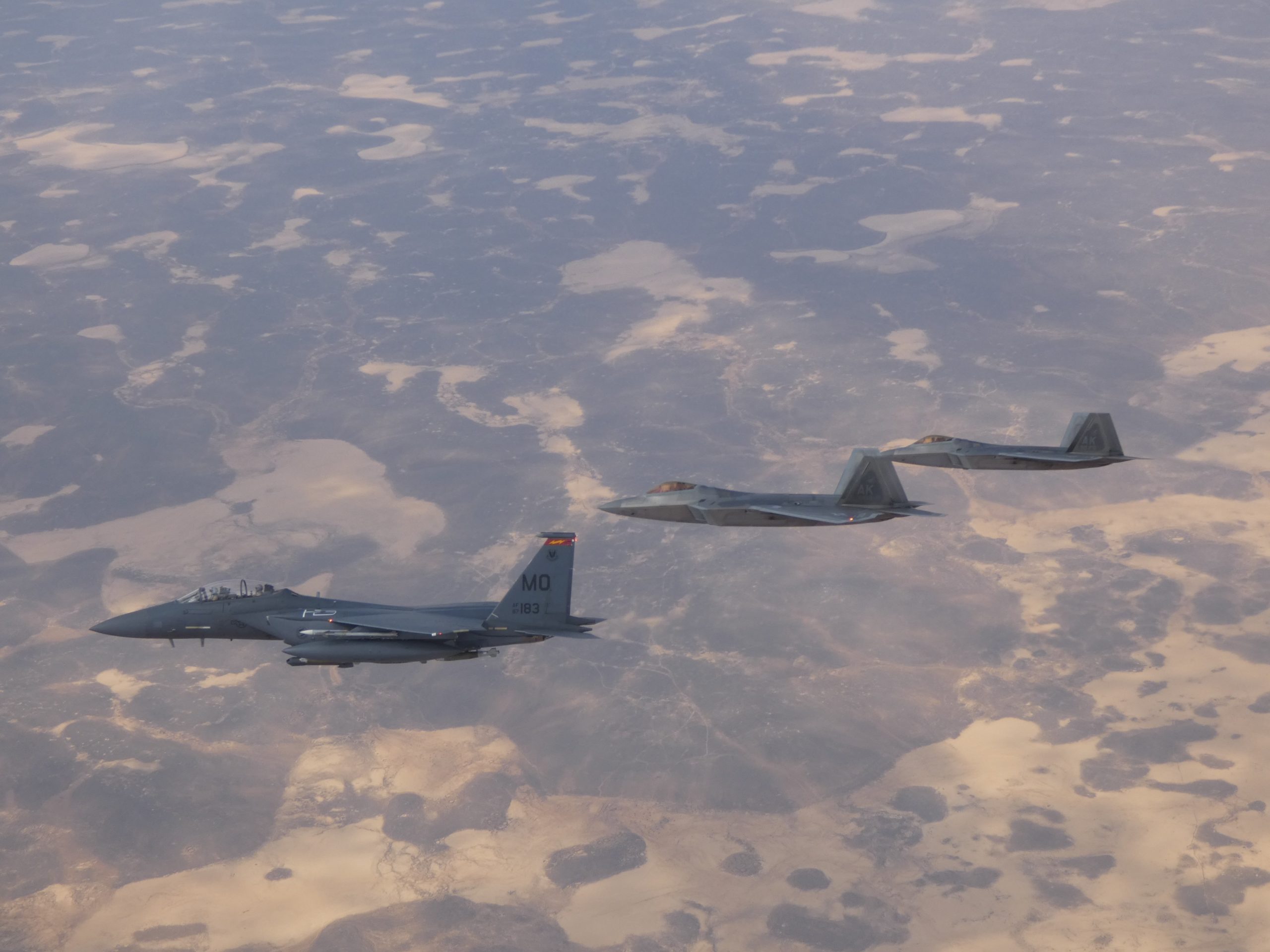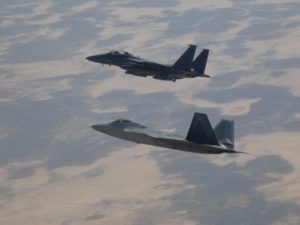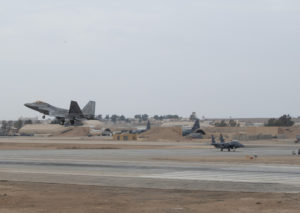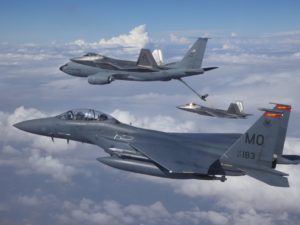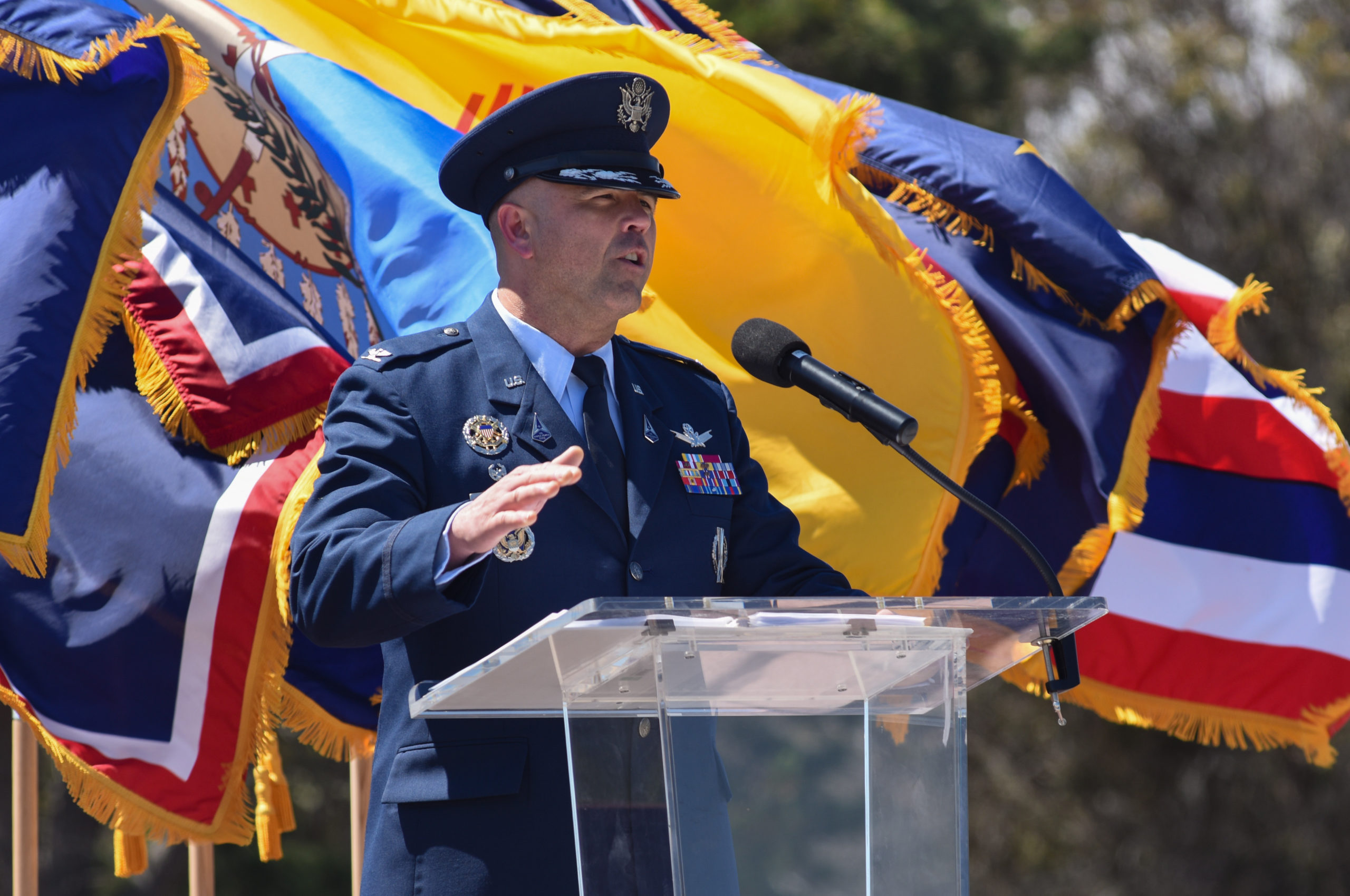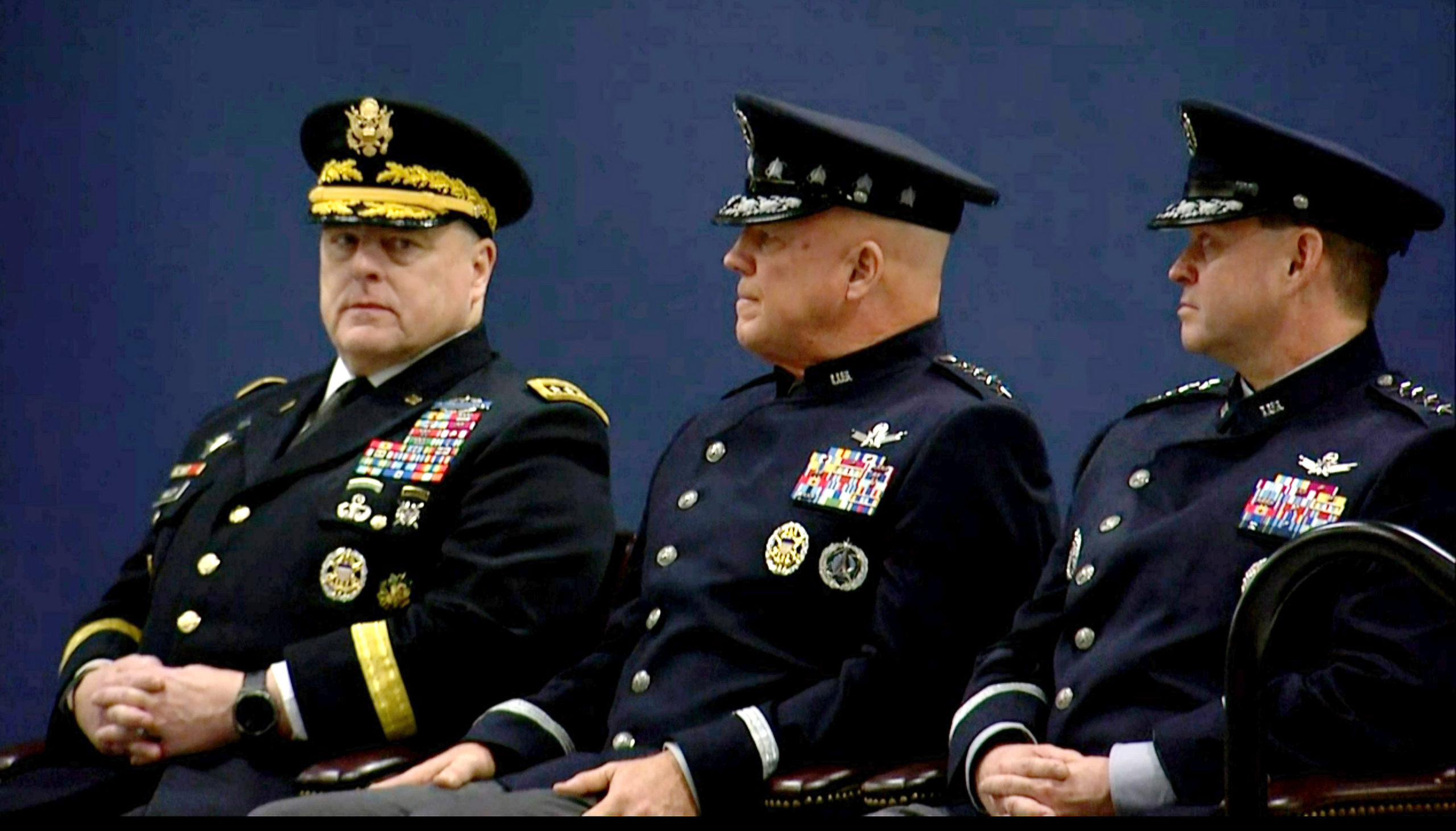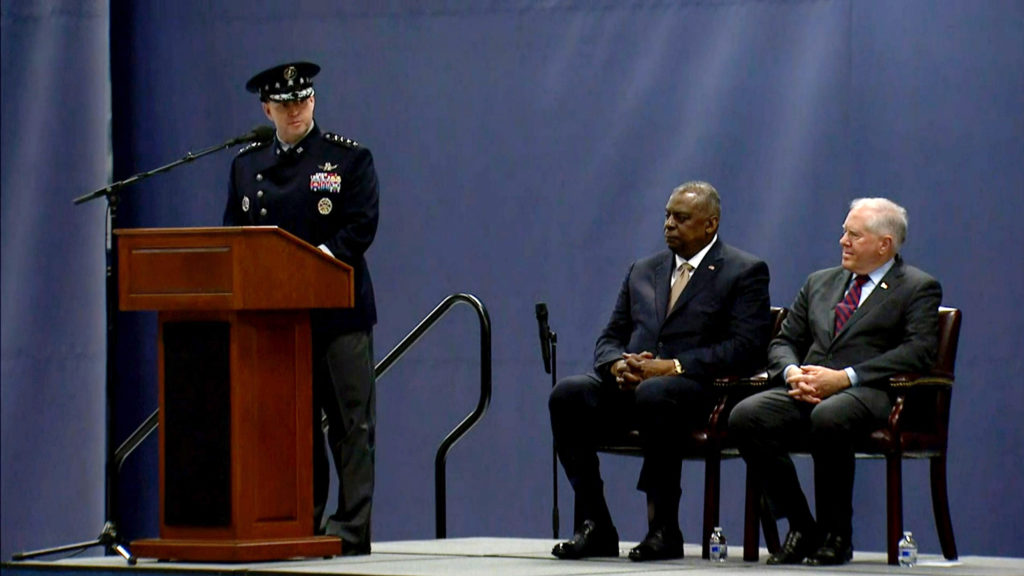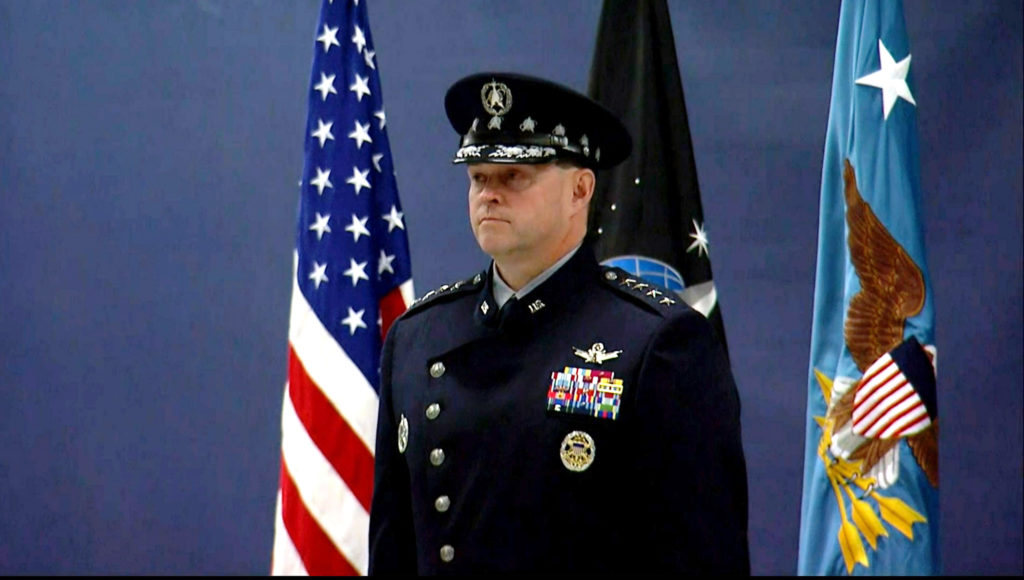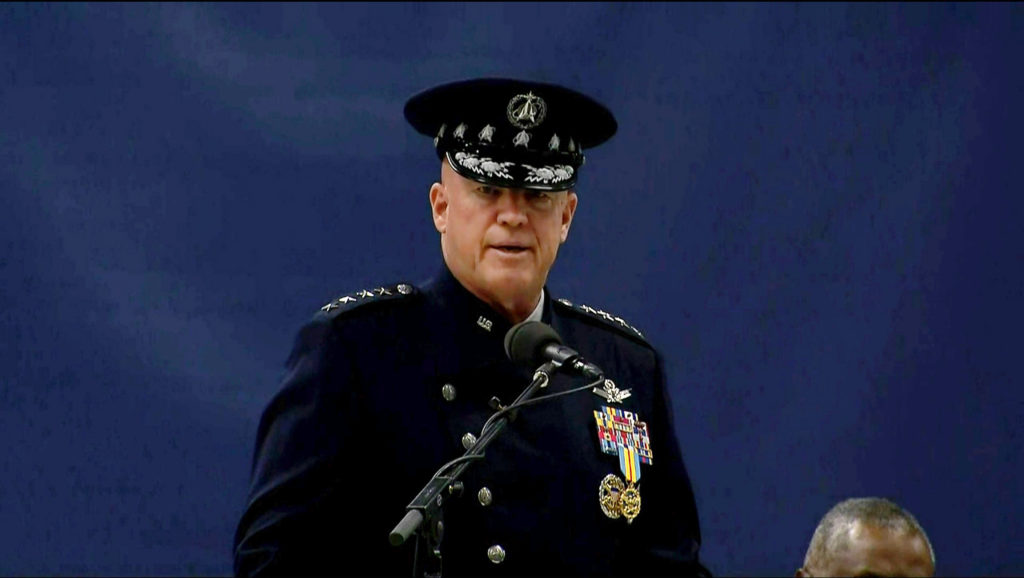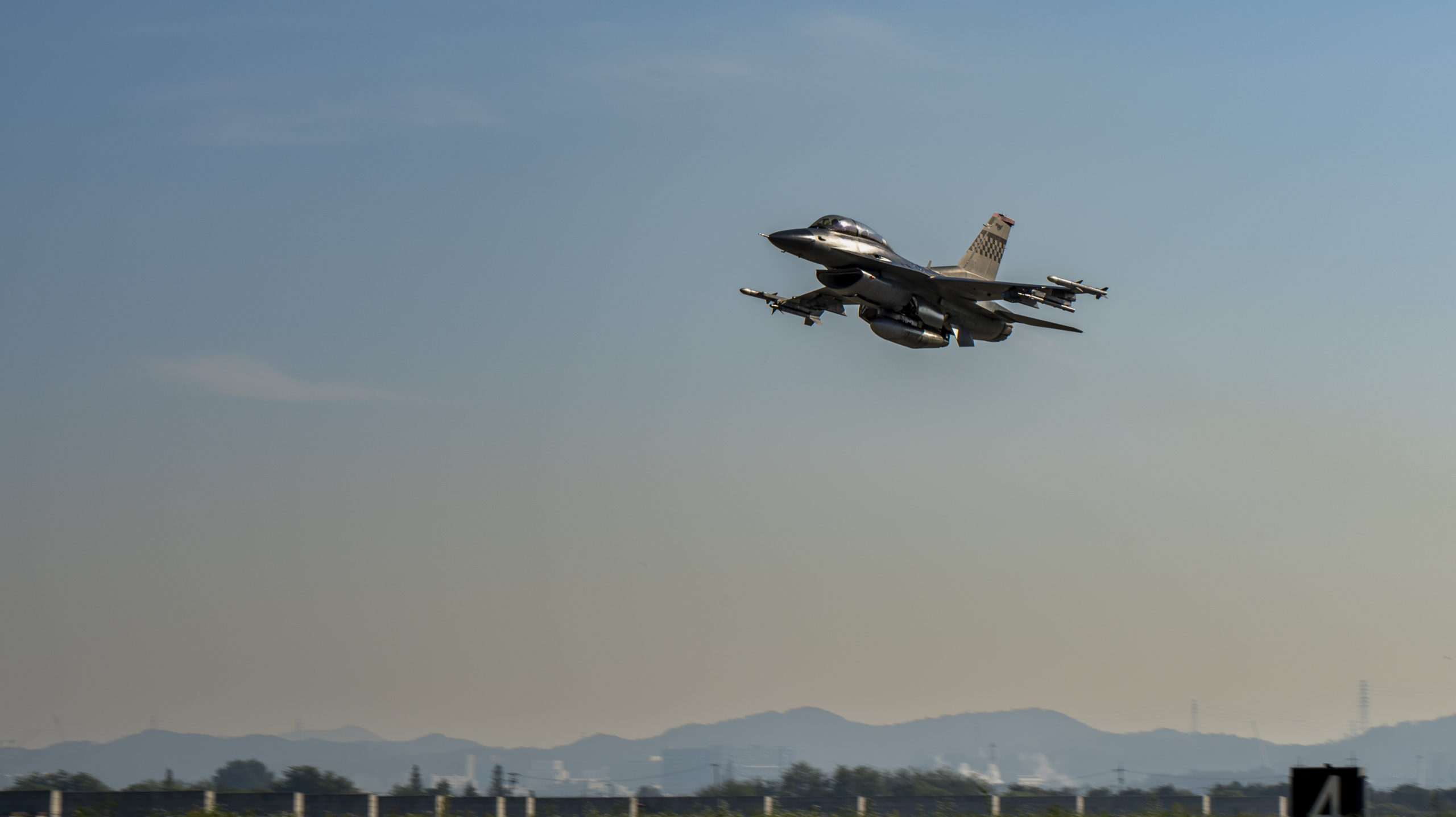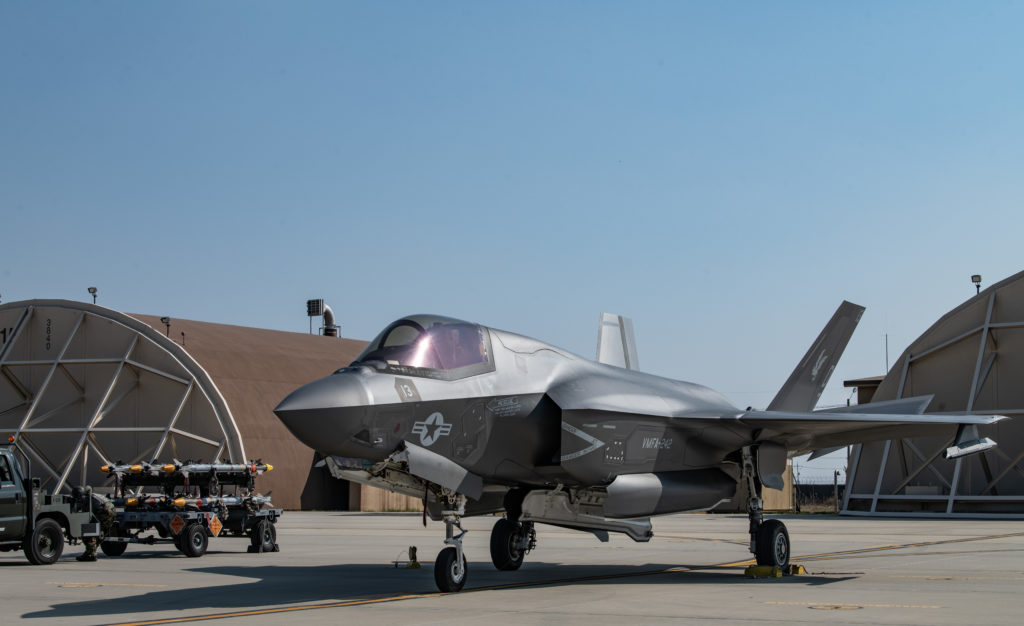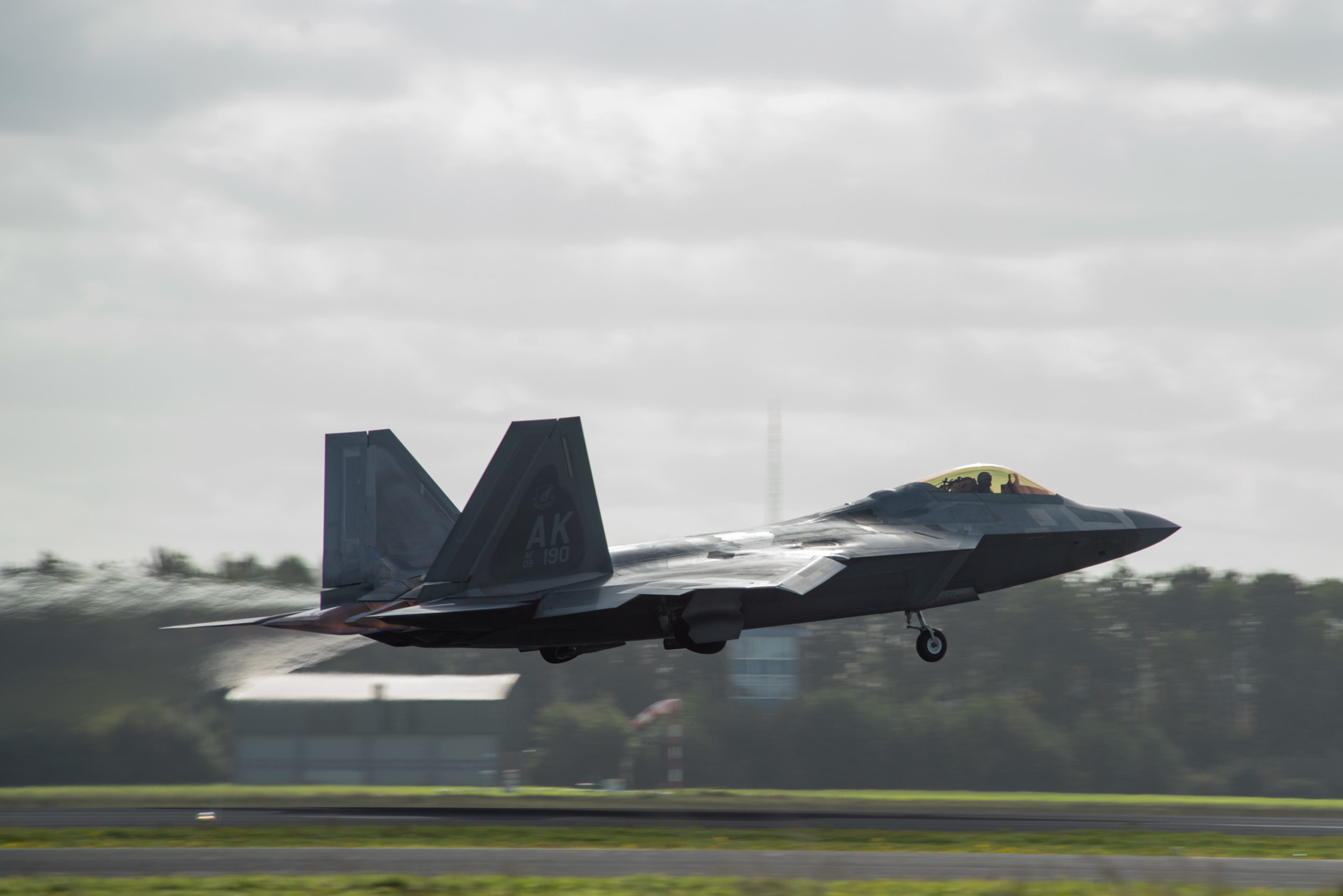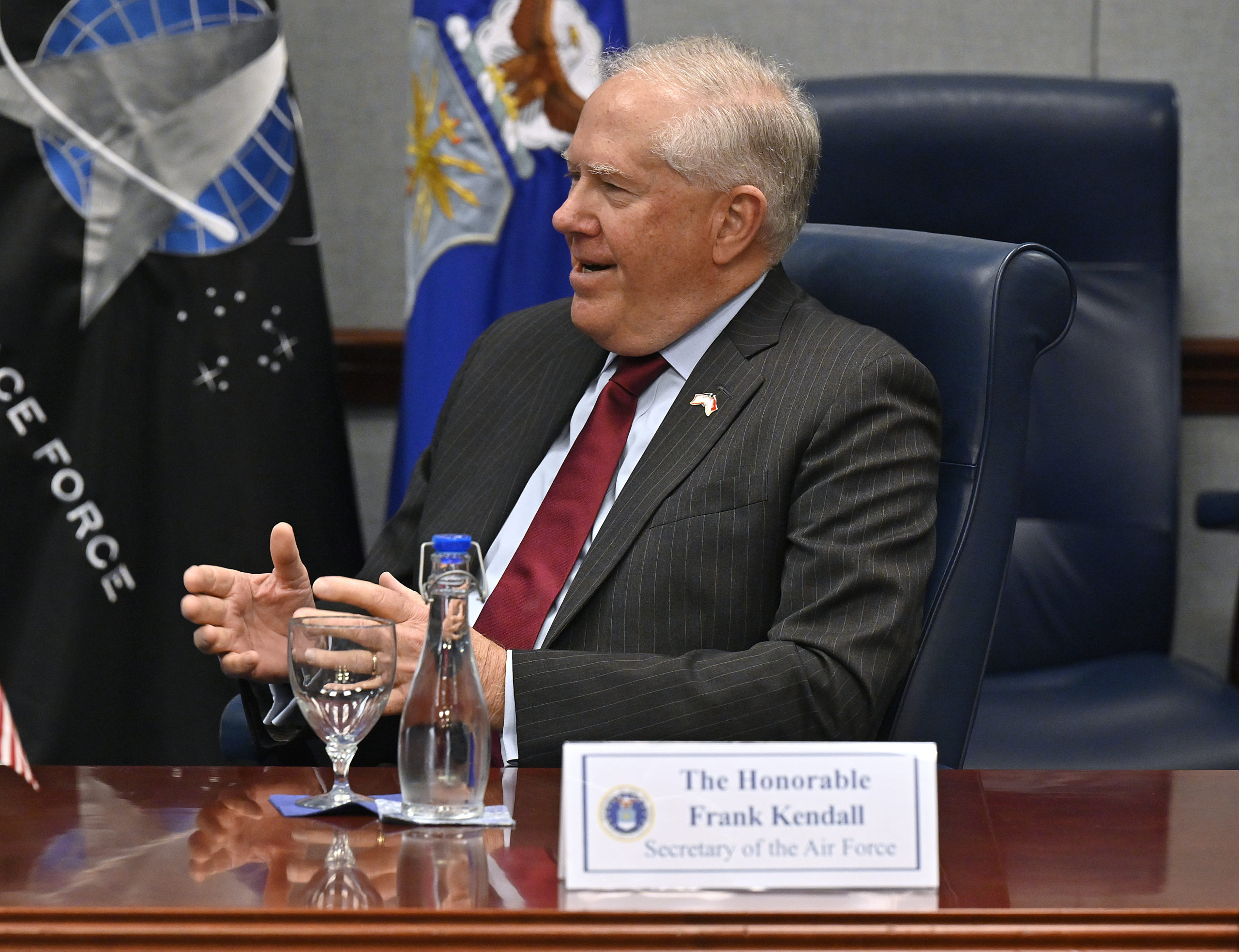F-22s from Elmendorf Air Force Base, Alaska, will initially fill in for F-15Cs as they begin to leave Kadena Air Base, Japan, but the Air Force is eyeing a later and longer deployment of F-16s from Spangdahlem Air Base, Germany, to reinforce the island base, Pentagon officials said.
It would be the second time in as many years that F-16s from Spangdahlem were considered for relocation. The aircraft were to be consolidated with F-16s at Aviano Air Base, Italy, in 2021, but the Pentagon’s Global Posture Review nixed the plan, along with designs to replace them at Spangdahlem with tankers and special operations forces.
The Air Force won’t discuss deployments and won’t comment officially on its plans to backfill the F-15s at Kadena, or any other base, according to a service spokesperson.
“We don’t discuss deployments until the aircraft arrive at their deployed locations,” said the spokesperson, who could not immediately say whether the 44th and 67th fighter squadrons at Kadena, which are giving up their F-15s, will be inactivated.
However, she did say the Air Force is responsible for backfilling the F-15s, and that other services won’t be tapping their aircraft for the mission.
Which aircraft will replace the F-15s “is an Air Force decision. The DOD will use the Global Force Management process to provide backfill decisions that maintain regional deterrence and bolster our ability to uphold our treaty obligations to Japan,” the spokesperson said. “We are doing a phased retirement, to ensure we have enough resources” to meet obligations.
The Global Force Management Process is a Joint Staff function that apportions forces to regional commanders to meet their stated requirements.
Air Force officials have said the preferred approach is to replace the F-15Cs in Japan with new-build F-15EXs. However, having reduced the planned buy of F-15EXs from 144 aircraft to 80, there won’t be enough of the new aircraft to replace the Kadena jets as well as Air National Guard jets based around the U.S.
The Air Force funded 24 F-15EXs through fiscal 2022 and has requested funds for 24 in both fiscal 2023 and ’24. Deliveries will lag funding by several years, however.
Given Russia’s aggression in Ukraine, pulling F-16s from Europe would be a curious solution to the Kadena backfill problem.
But “it’s another symptom of the Air Force not having been adequately funded to recapitalize its forces in a timely fashion,” retired Lt. Gen. David A. Deptula, dean of AFA’s Mitchell Institute for Aerospace Studies, said in an interview.
The Air Force will increasingly find itself “unable to contribute to its portion of what’s required by our National Security and Defense strategies.” Forward engagement is “fundamental” to those strategies, Deptula said. “If you don’t have the forces available to be forward, you can’t execute that portion of the critical elements that are fundamental to our nation’s security.”
An expeditionary deployment of E-8C Joint STARS ground moving target indicator aircraft ended at Kadena in September without an immediate replacement. However, Air Force officials and outside experts said they don’t see the two developments as an indication that the U.S. or the Air Force has a longer-term plan to shift forces away from Okinawa.
Though Kadena will doubtless be targeted by hundreds of accurate Chinese missiles in the event of a conflict with the U.S. regarding Taiwan, for reasons of forward presence, engagement with regional allies and partners, and intelligence-collection activities, the U.S. is unlikely to abandon the base, Deptula said.
In the event of a conflict, or imminent bombardment, aircraft at the base would likely be evacuated to other locations, he noted.
Adm. John C. Aquilino, head of U.S. Indo-Pacific Command, “wants all these aircraft to stay there,” Deptula said, but “they’re unmaintainable” and the Air Force is also short of fighter pilots.
“The situation is only going to get worse,” Deptula said, because the Air Force plans to divest “a thousand more aircraft by 2027.”
Some members of Congress have asked the Air Force to provide a special briefing on the Kadena situation because of concerns that USAF is reducing forward capability in the region at a critical time.
